The shoulder complex is a very involved set of four joints. These joints are composed of the sternoclavicular joint, scapulothoracic joint, acromioclavicular joint, and glenohumeral joint.
More often than not, when people have injuries, the joint most affected is the glenohumeral joint – the “GH joint”. The GH joint is a ball and socket joint that is one of the most movable joints in the body. We use our shoulders for many different functional activities, including exercise. Movement is good, but oftentimes movement without stability can be detrimental to functional health.
What is unique about the shoulder is that it can perform an isolated movement in one plane of motion or it can combine movements in multiple planes of motion. More often than not, we are combining movements to achieve a task. For example, reaching behind your back to tuck a shirt in or fix a belt is a combination of internal rotation, extension, and adduction. Therefore, having proper mobility is not only about having the right amount of motion, but the ability to control that motion in a synchronized state.
Suffering from a sore neck, back and shoulders? Get our mobility guide to ease pain and soreness.
Get The FREE Mobility Guide To Fix Your Pain Today!
The shoulder screen looks at coordinated movement between both of the shoulder girdles. Combined internal rotation and external rotation will take place. Be sure to repeat the movements on both sides. The importance of these screens is to determine if you have a healthy shoulder with movement or not. Everyone has different reasons for exhibiting dysfunction. For some people, mobility of the shoulder is the problem. For others, it is motor control or in laymen’s terms, stability.
As mentioned earlier, sometimes dysfunction is a result of poor mobility. Other times, it is a lack of stability. Both mobility and stability influence each other. Sometimes if you lose mobility in one area, a nearby area could be altered. The key to remember is always work on mobility first, before improving stability. After all, you wouldn’t want to stabilize yourself in a stiff position!
Apley Scratch Test
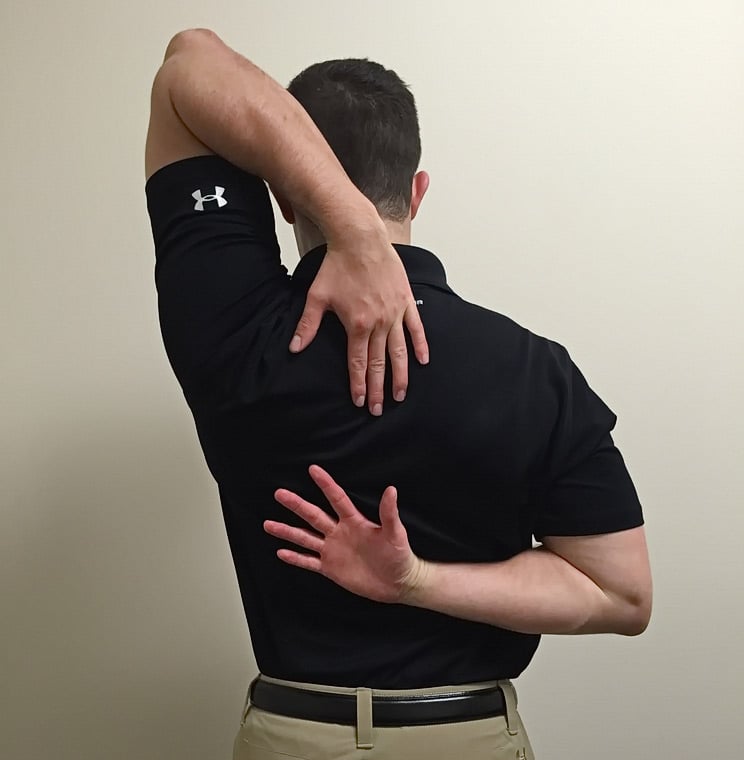
For screening your shoulders individually, perform these tests together first. This will show how both shoulder girdles work together in a coordinated fashion. The below test is called the Apley Scratch Test. The goal is to get each of your fingertips to touch symmetrically when testing each side. Be sure to get an idea how close you are side-to-side and if you have any pain.
In one swift motion, reach one arm up and over your head while the other arm reaches behind your back. Be sure to repeat the test on the other side so both arms go through internal and external rotation.
If you are limited in either direction, repeat the test, but this time with your hand closed in a fist position. If you have access to a partner, measure the distance between each fist.
If you are up to one fist length apart, you are in a good category. The second category is if your fists are 1.5 lengths apart. The last category is two or more fist lengths apart from each other. If you are in category 2 or 3, then you would benefit from either mobility or stability corrective work.
Shoulder Screen
Following the Apley’s Scratch Test, you should screen out each of these movements individually. This helps because by moving each arm separately, you can limit the influence of the thoracic spine.
Behind the Back
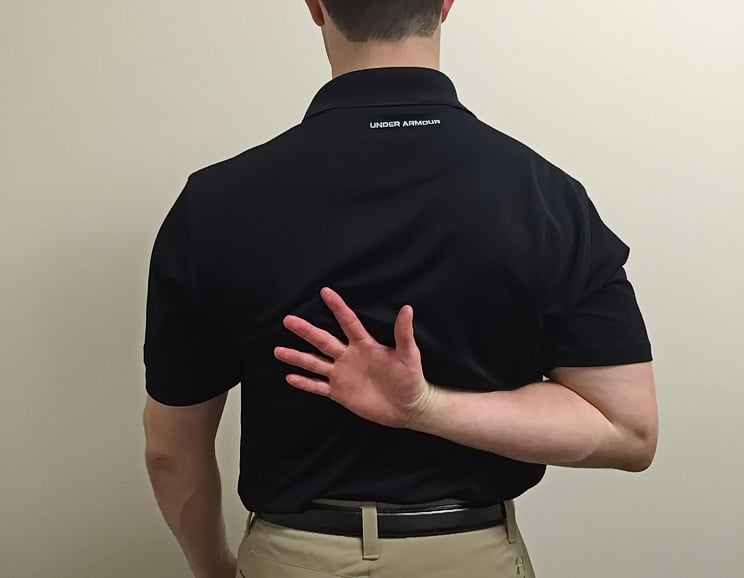
The first movement is reaching behind your back. Ideally you should be able to touch the bottom of your opposite shoulder blade. The movement of reaching behind your back combines shoulder internal rotation, adduction, and extension.
Over the Head
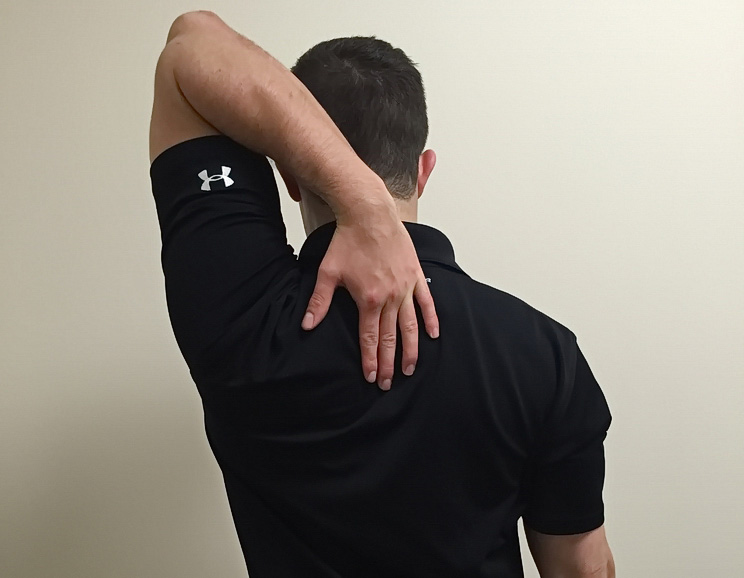
The second movement is reaching over your head. Ideally you should be able to reach the top of your opposite shoulder blade. Be sure not to flex your neck to make up the difference. The movement of reaching over your head combines shoulder external rotation, abduction, and flexion.
Bottom Line
Shoulder screens are an integral part of determining if you have healthy shoulders and proper movement. Healthy movement of the shoulders is crucial to helping you determine if you need mobility or stability corrective exercises.
If you are limited with any of the tests above, then you can benefit from using these shoulder mobility exercises. After you have improved your motion, be sure to follow up your mobility work with stability work to maintain your shoulder mobility and health.
Watch the Video Below!
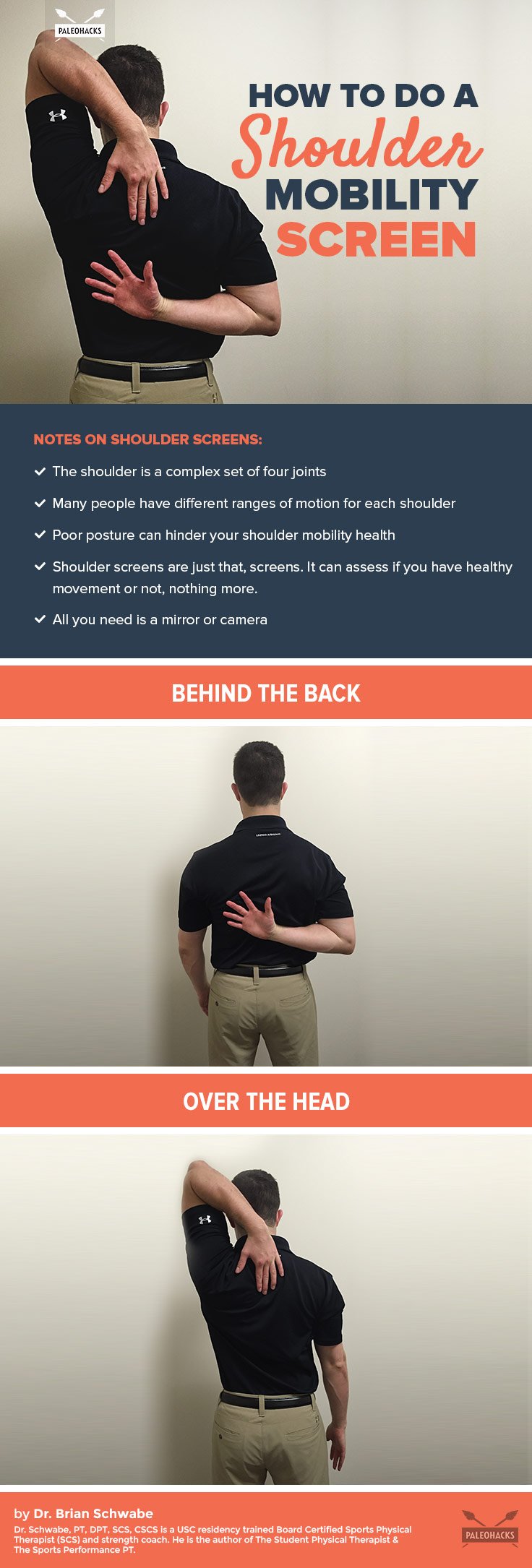
(Read This Next: Tennis Elbow: Symptoms & Exercises to Treat Pain)


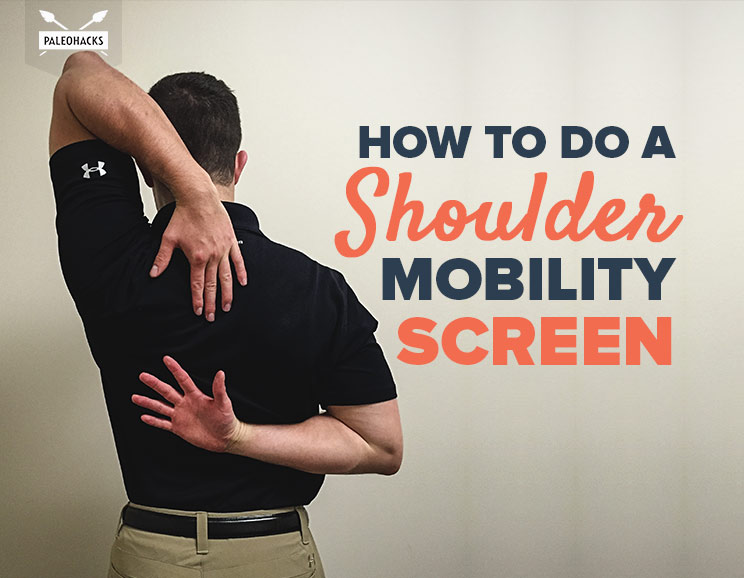
 Homemade Kit Kat Bars Recipe
Homemade Kit Kat Bars Recipe
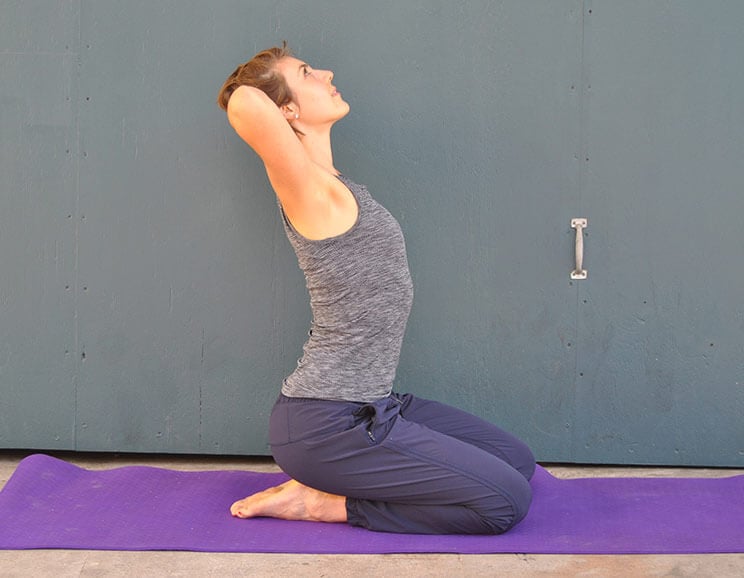
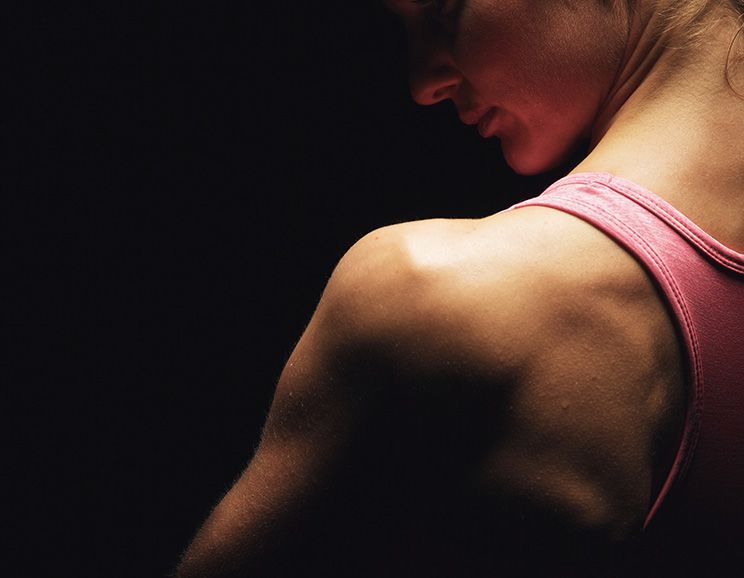
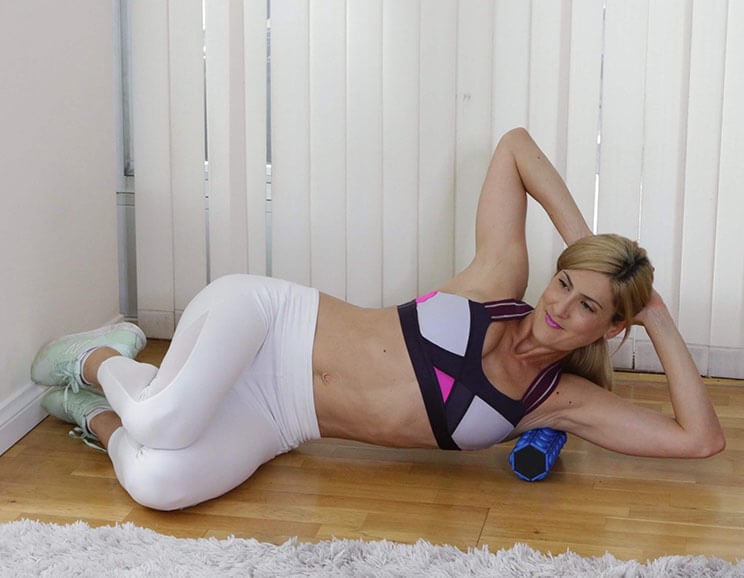
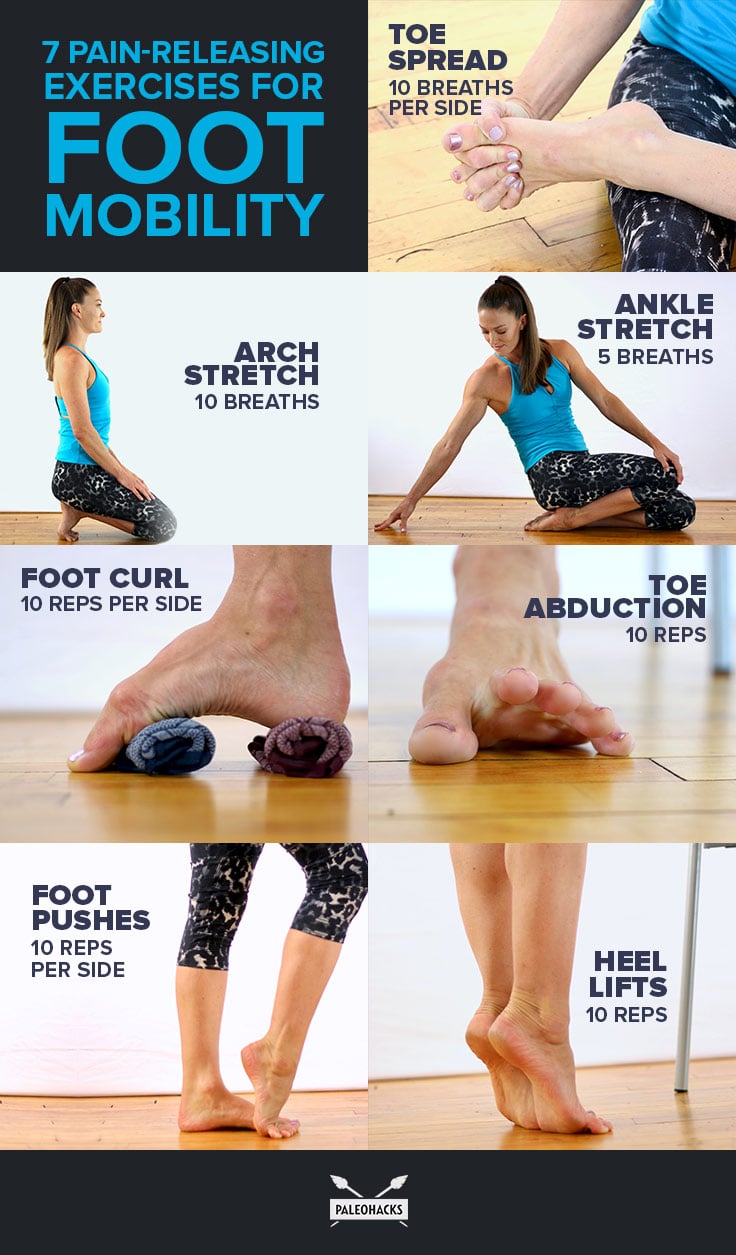
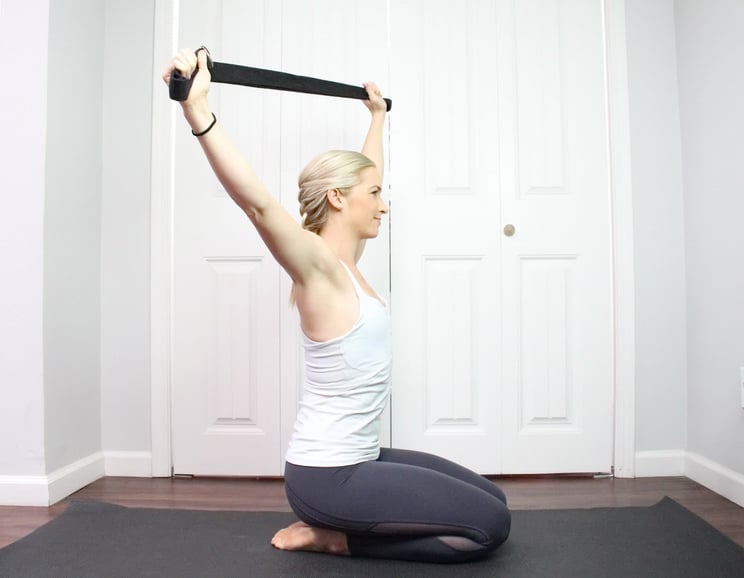
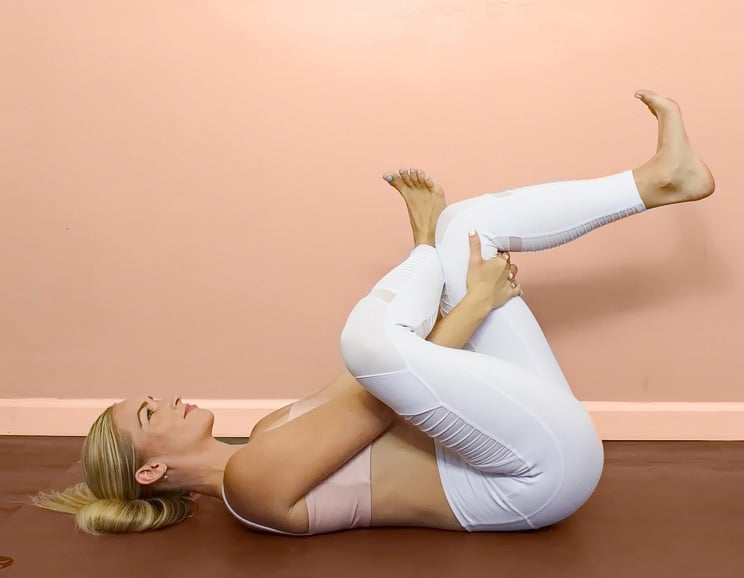
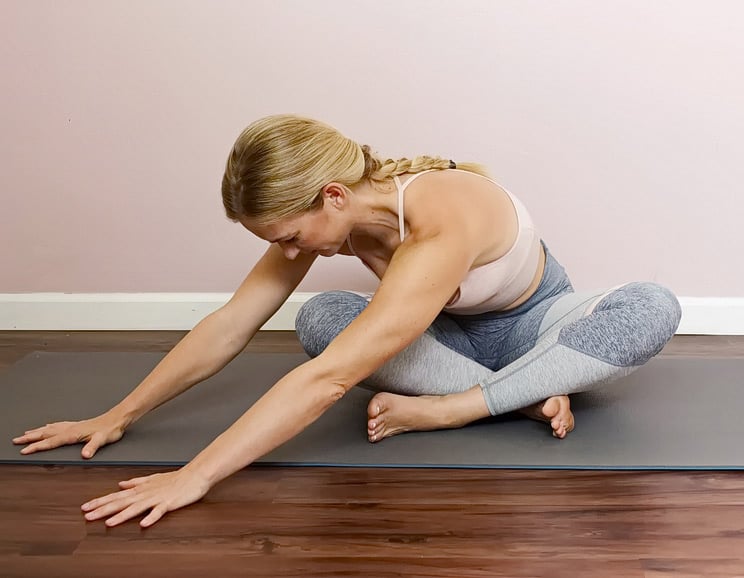

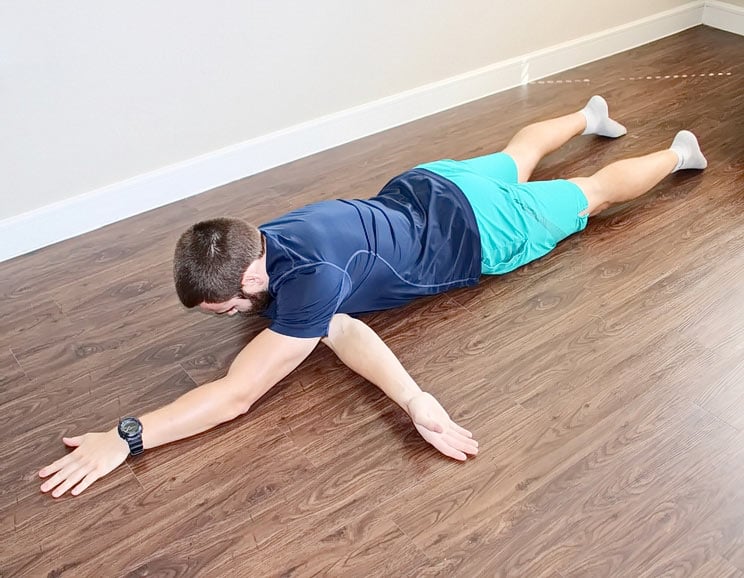
Show Comments